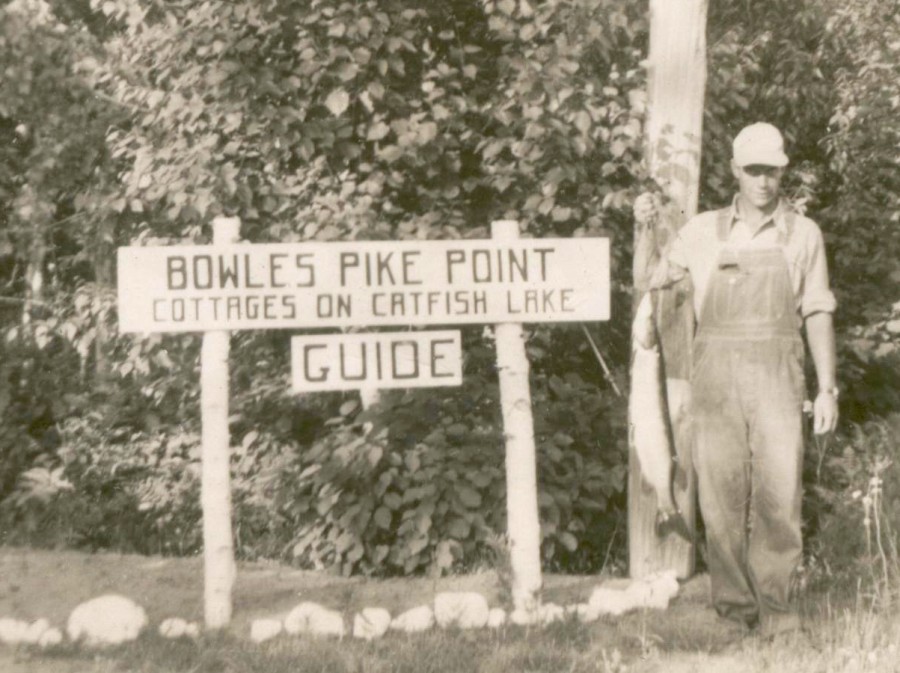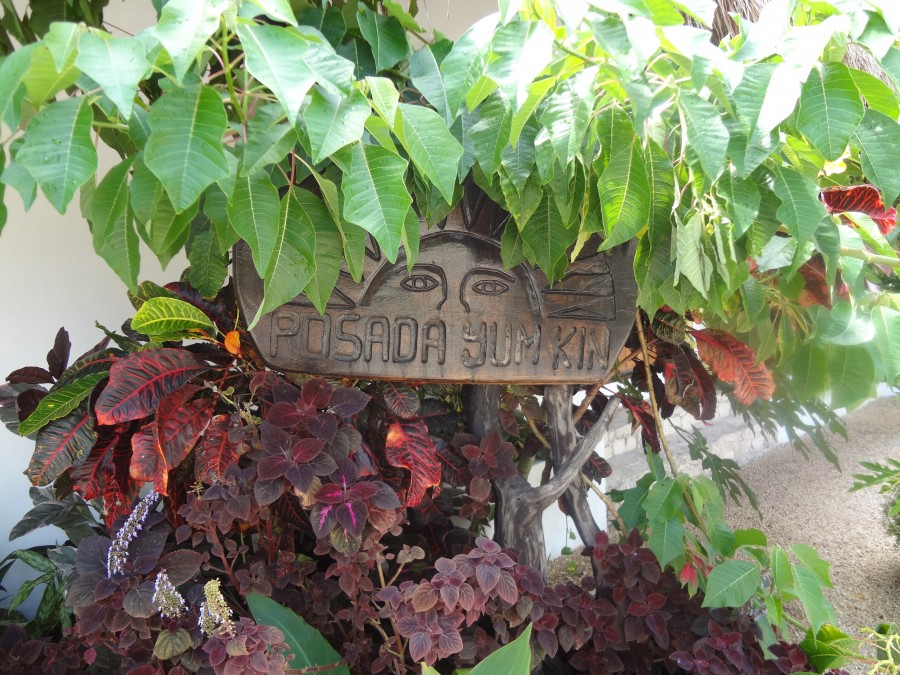Leisure industry
New Trip Advisor Blackmail Tool for Lodging Managers
Real help for Hotel Reputation Management, Trip Advisor Blackmail Tool for Lodging, Hotels, Inns and B&Bs Ever have a guest tell you that if you don’t do ‘x, y or z’ that they will write a bad review about you or your property? Now there is help for hoteliers, it’s the Trip Advisor Blackmail Tool…
Read MoreToday’s Travel Decision Cycle [TRAVEL INFOGRAPHIC]
Today, we look at how travelers increasingly use online media and mobile technology throughout the various stages of travel. The art of travel has changed and the Travel Decision Cycle has evolved. The former model that usually included a travel agent and resources like the OAG (Official Airline Guide) no longer fits. Today’s model includes…
Read More5 Stages of Choosing Travel
The travel outlook is positive, and with the rise of mobile, social and video behaviors, we are now seeing seeing travelers move through five key stages of travel. Here are some insights within each stage: Dreaming: 68% of business travelers watch travel-related online videos. Among them, 68% are thinking about a trip. Planning: The average…
Read MoreYour Guide to Selecting a Hotel Property Management System
When I was young, my grandmother and grandfather owned and ran a small resort in Northern Wisconsin. I remember her notifying the nearby Visitor’s Information Center on Friday evenings when they had open, unsold cottages. It was a friendly conversation that was often repeated just before the cottages ‘turned-over’ for the next weekly rentals. These…
Read MoreKeeping Your Website Real
Recently, Chris, from Design4Real.net, and I ventured down to Posada Yum Kin Hotel in Tulum, Mexico to work on their next web update. It has been a little over a year since images and content throughout the website have been updated, so once again, it is time to refresh everything. Our trip went smoothly with…
Read MoreTips for Planning a Vacation via Trip Advisor
Travel sites like Trip Advisor, have become one of the most essential social networking and travel planning sites for travelers and for businesses in travel, leisure, and restaurant industries. Monitoring and participating to keep Trip Advisor reputations as favorable as possible may be the most vital online function any travel and leisure-based business can practice. Smart…
Read More


